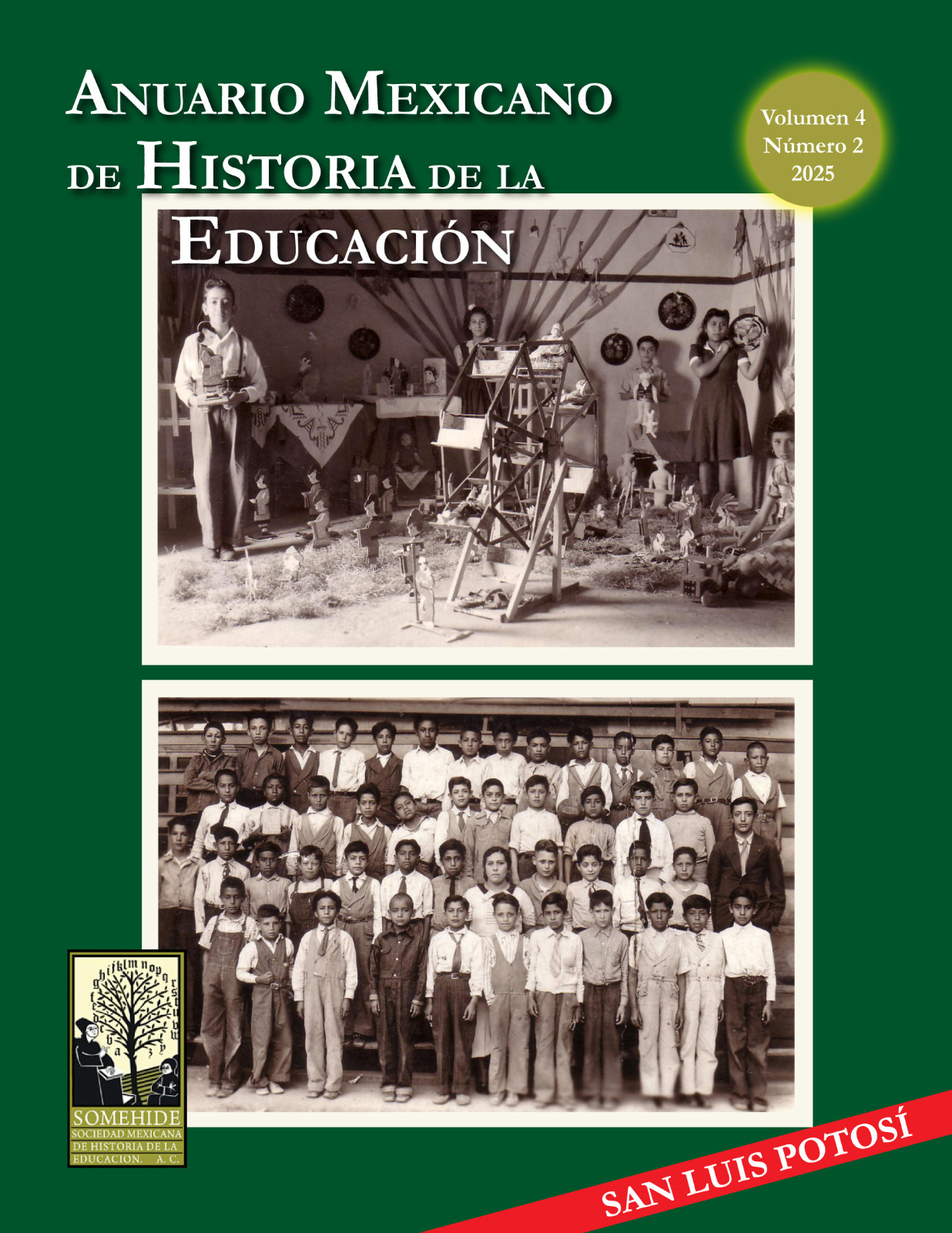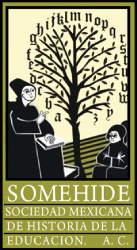How classical yoga came to dancers and dance schools
DOI:
https://doi.org/10.29351/amhe.v4i2.700Keywords:
Dance, artistic education, history of educationAbstract
This article is part of the research titled “The light of yoga on dance professionals”, that seeks to investigate the links between these two disciplines, concern that arose because currently dancers, teachers, choreographers include yoga as part of their training or as a mandatory or complementary subject in the curriculum for the training of dancers. The main purpose of the advances that I show is to make known the historical, artistic and cultural conditions that allowed yoga to arrive to Mexico and gradually establish itself in dance schools. This work is approached from a historical perspective and to prepare it I resorted to two types of sources: documentaries –classic yoga books, texts by authors who are experts in postural yoga and in Asian studies– and testimonials –twelve interviews, for this article I took up comments from five of them–. I present my findings at this point in three sections: a) Background of yoga in Mexico; b) 20th century. Migrations and transformations of “classical yoga”; c) Yoga for dancers.
References
Cardona, P. (2022). Danza y poética. La Escuela Profesional de Danza de Mazatlán. Secretaría de Cultura/INBAL/Cenidi Danza.
Carozzi, M. (1999). La autonomía como religión: la nueva era. Alteridades, 9(18), 19-38.
Citro, S. (2012). Cuando escribimos y bailamos. Genealogías y propuestas teórico-metodológicas para una antropología de y desde las danzas. En S. Citro y P. Aschieri (coords.), Cuerpos en movimiento. Antropología de y desde las danzas (pp. 17-64). Biblos.
De la Torre, R., Gutiérrez, C., y Juárez N. (2016). Variaciones y apropiaciones latinoamericanas del New Age. CIESAS/El Colegio de Jalisco.
De Michelis, E. (2008). Modern yoga. History and forms. En M. Singleton y J. Byrne (eds.), Yoga in the Modern World. Contemporary Perspectives. Routledge.
Estrada, M. (2014, jun. 17). Sri Dharma Mittra: la roca del yoga. La Afición. https://www.milenio.com/deportes/sri-dharma-mittra-la-roca-del-yoga
García, R. (2020, ago. 10). José Vasconcelos, precursor del budismo en México. Buddhistdoor en Español. https://espanol.buddhistdoor.net/jose-vasconcelos-precursor-del-budismo-en-mexico/
Marcelli, A., y García, F. (coords.) (2008). Una clase de yoga. El yoga es la experiencia profunda de sí mismo. RedGFU/AIYY.
Muñoz, A. (2016). Radiografía del hathayoga. El Colegio de México.
Muñoz, A. (2021). Promoting ‘Yogi art’: Yoga, education and nationalism in post-revolutionary Mexico. Religions of South Asia, 15(2), 178-203. https://doi.org/10.1558/rosa.20976
Muñoz, A. (2023). Las variedades (pos) modernas de la experiencia yóguica. Del yoga a la cábala, y del linaje a la individualización. Revista Internacional de Estudios Asiáticos, 2(1), 242-266. https://doi.org/10.15517/riea.v2i1.52512
Paramahansa Yogananda (1946). Autobiografía de un yogui. The Philosophical Library.
SEP [Secretaría de Educación Pública] (1984). Lecturas clásicas para niños (2a. ed.).
Downloads
Published
How to Cite
Issue
Section
License
Copyright (c) 2025 Roxana Guadalupe Ramos Villalobos

This work is licensed under a Creative Commons Attribution-NonCommercial 4.0 International License.
Todos los contenidos del Anuario Mexicano de Historia de la Educación se publican bajo una licencia Creative Commons Atribución No Comercial 4.0 Internacional (CC BY-NC 4.0), que permite compartir (copiar y redistribuir el material en cualquier medio o formato) y adaptar (remezclar, transformar y construir a partir del material) para fines no comerciales, dando los créditos a los autores y a la revista, tal como lo establece la licencia.
La política de acceso abierto y de licencias con “algunos derechos reservados” no niega la propiedad intelectual ni los derechos de los autores respecto a sus artículos, pues ellos son los titulares, en tanto que el Anuario Mexicano de Historia de la Educación no los reserva para sí ni para la institución editora, ya que se apegan a movimientos de acceso abierto como los Principios y Valores del Sistema de Información Científica Redalyc - Red de Revistas Científicas de América Latina y el Caribe, que pugnan por la eliminación de las políticas de embargo para que el autor retenga los derechos de su obra (principio número 8). Así como las políticas de acceso abierto del Directory of Open Access Journals (DOAJ).
Los autores podrán distribuir su propio material en cualquier otro medio o soporte, siempre y cuando sea para fines no comerciales, informando a los editores que el trabajo será publicado nuevamente y dando el crédito correspondiente al Anuario Mexicano de Historia de la Educación.
La publicación en el Anuario Mexicano de Historia de la Educación, por su carácter gratuito, no da derecho a remuneración económica alguna a los autores, ni a los dictaminadores.
Los lectores podrán reproducir (copiar), comunicar, distribuir o hacer obras derivadas de los artículos o colaboraciones publicados en el Anuario Mexicano de Historia de la Educación en los siguientes casos:
- Para fines públicos.
- Sin fines comerciales.
- Que se reconozca la autoría de la obra y se cite su origen con información completa: Apellido/s del autor, inicial/es del nombre/s. (año de publicación). Título del artículo. Nombre de la revista, volumen (número de ejemplar), página inicial del artículo-página final del artículo. DOI o URL (formato sugerido de acuerdo al estilo APA en su versión más reciente).
El cuerpo editorial del Anuario Mexicano de Historia de la Educación asumirá el compromiso de notificar oportunamente a los autores sobre cualquier cambio de ubicación de los artículos en el sitio (cambio de dirección URL o de conexiones para identificar el artículo).
Los autores, al enviar sus trabajos para su posible publicación, deberán tomar en cuenta los puntos anteriores, mismos que se contemplan en el Acuerdo entre autor y el Anuario Mexicano de Historia de la Educación.












